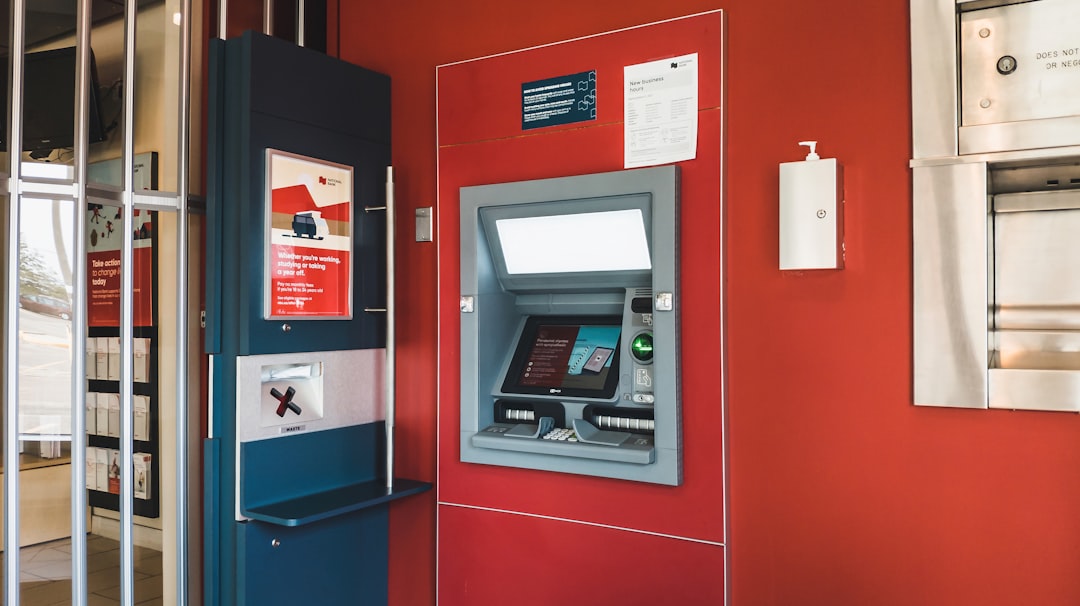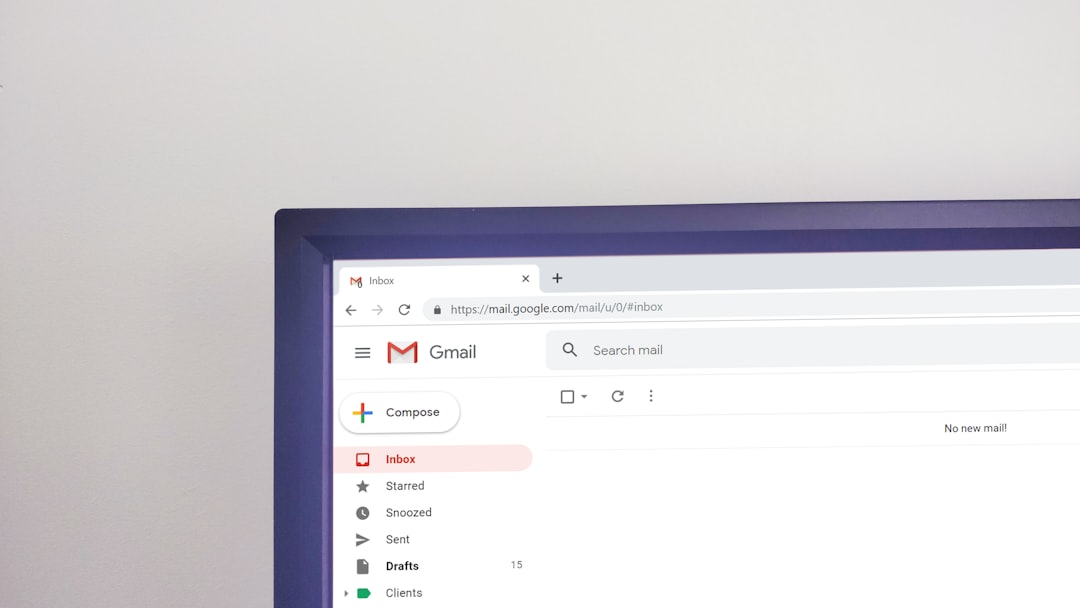Table of Contents
- Introduction
- Exploring the influence of user-generated content
- Understanding the power of testimonials
- Step 1: Identifying compelling user-generated content
- Step 2: Incorporating testimonials effectively in email campaigns
- Explaining the impact of social proof
- Step 3: Strategically placing testimonials within emails
- Analyzing the engagement levels with user-generated content
- Utilizing feedback to enhance future email campaigns
- Conclusion
- Frequently Asked Questions
Introduction
Are your email campaigns falling flat? Struggling to grab your audience’s attention?
Well, fret not because we have the ultimate solution for you! In this article, we will uncover 5 insanely effective ways to skyrocket your email campaigns using user-generated content. User-generated content has the power to transform your email marketing game, making your campaigns more engaging, authentic, and impactful.
| Ways to Skyrocket Your Email Campaigns: |
|---|
| 1. Leverage Customer Reviews |
| 2. Run Contests and Giveaways |
| 3. Showcase User-Generated Photos and Videos |
| 4. Encourage User Testimonials |
| 5. Create Interactive Polls and Surveys |
Exploring the influence of user-generated content
***User-generated content*** (UGC) refers to content, such as reviews, images, videos, or testimonials, created by users rather than a brand or creator. In email marketing, leveraging UGC can have a significant impact on engagement and conversion rates. ***User-generated content*** is considered more authentic and trustworthy because it comes from real users rather than the brand itself. When users see content created by their peers, they are more likely to trust the information and feel a connection to the brand. Including ***user-generated content*** in email campaigns can help increase click-through rates, improve brand perception, and drive sales. Additionally, UGC can provide social proof, showcasing how others have benefited from a product or service. Brands can encourage users to generate content by incentivizing them or creating opportunities for them to share their experiences. Overall, ***user-generated content*** is a powerful tool that can positively influence email marketing campaigns.
Understanding the power of testimonials
**Understanding the Power of Testimonials**
User-generated **testimonials** are a valuable asset in email marketing campaigns for businesses. **Testimonials** are essentially reviews or comments from **customers**
that describe their experiences with a product or service. They provide **social proof**
that can **build trust** and **credibility** with potential customers. **Testimonials** are seen as authentic and **reliable** sources of information because they come directly from **real customers** who have used the product or service. Including **testimonials** in email campaigns can **increase** engagement and **conversions**
by showcasing **positive experiences**
and **satisfaction** from existing customers. Moreover, incorporating **user-generated content**
in emails makes the communication more **personalized** and **relatable** to the recipients. By leveraging **testimonials**, businesses can **highlight** the **quality** of their offerings and **influence**
potential **customers**’ purchasing decisions in a **positive**
way.
Step 1: Identifying compelling user-generated content
Step 1: Identifying compelling user-generated content
User-generated content (UGC) can be a powerful tool in your email campaigns. The first step is to identify the most compelling UGC that aligns with your brand and messaging. Look for testimonials, reviews, images, or videos created by your customers that showcase their positive experiences with your product or service. Pay attention to content that is authentic, emotional, and resonates with your target audience. You can gather UGC from social media platforms, review websites, or directly from customers through surveys or feedback forms. Make sure to obtain permission to use the content in your email campaigns.
Once you have identified the most compelling UGC, you can leverage it in your emails to build credibility, trust, and engagement with your subscribers. Highlighting real experiences from satisfied customers can help to influence purchasing decisions and create a sense of community around your brand.
Step 2: Incorporating testimonials effectively in email campaigns
Step 2: Incorporating testimonials effectively in email campaigns
Once you’ve collected testimonials from satisfied customers, it’s crucial to incorporate them strategically into your email campaigns. Begin by selecting testimonials that are relevant to the email content and resonate with your target audience. Consider using quotes that highlight specific benefits or features of your product/service. To make testimonials stand out, place them prominently in your emails, such as in the header or call-to-action buttons. Additionally, include testimonials in personalized email workflows to increase engagement. Utilize visuals like customer photos or logos for authenticity. Test different formats and placements to determine what works best for your audience. By effectively incorporating testimonials, you can build trust with subscribers and drive conversions.
Explaining the impact of social proof
Explaining the impact of social proof, also known as informational social influence, refers to the phenomenon where people tend to conform to the actions of others under the assumption that those actions are reflective of the correct behavior. In the context of marketing and advertising, social proof plays a crucial role in influencing consumer behavior and decision-making.
When consumers see user-generated content or testimonials from satisfied customers, it serves as a powerful form of social proof. This content provides reassurance and validation to potential customers, building trust and credibility around a product or service.
By leveraging user-generated content or testimonials in email campaigns, businesses can enhance engagement, improve conversion rates, and ultimately drive sales. Social proof helps to alleviate doubts or skepticism that potential customers may have, making them more likely to take action based on the positive experiences of others.
Step 3: Strategically placing testimonials within emails
Step 3: Strategically placing testimonials within emails
When incorporating user-generated content or testimonials in your email campaigns, it’s crucial to strategically place them for maximum impact. Consider placing testimonials near call-to-action buttons to provide social proof and encourage conversions. Including testimonials early in your email copy can grab the reader’s attention and establish credibility from the start. Additionally, consider segmenting your email list based on the interests or demographics of your subscribers and tailor testimonials to resonate with each segment. Personalizing the testimonials based on the recipient’s preferences can greatly increase engagement and conversion rates.
Analyzing the engagement levels with user-generated content
**Analyzing the engagement levels with user-generated content**
When it comes to leveraging user-generated content or testimonials in email campaigns, analyzing engagement levels is crucial. **Engagement** measures how involved and interested your audience is with the content you provide. By analyzing engagement metrics such as **open rates, click-through rates, conversion rates**, and **social shares**, you can determine how well your audience is responding to user-generated content. **Open rates** indicate how many people open your emails, while **click-through rates** show how many recipients clicked on the links within your emails. **Conversion rates** measure how many recipients took the desired action after engaging with the content. Additionally, **social shares** can indicate the level of interest and approval from your audience. By closely monitoring and analyzing these metrics, you can tailor your email campaigns to better resonate with your audience and improve overall engagement.
Utilizing feedback to enhance future email campaigns
**Utilizing feedback** is a crucial aspect of **enhancing** future email campaigns. *User-generated content* and **testimonials** can provide valuable insights into what resonates with your audience and what areas need improvement. By incorporating **positive testimonials** within your emails, you can build credibility and trust with your subscribers. Including **user-generated content** such as reviews, photos, or success stories can add authenticity to your campaigns.
Additionally, analyzing feedback from email campaigns, such as open rates, click-through rates, and conversion metrics, can help you understand what content performs best. **Segmenting** your email list based on this feedback allows you to **personalize** future campaigns and deliver targeted content to specific audience segments. This approach can lead to higher engagement and conversion rates, as you are providing content that aligns with the interests and preferences of your subscribers.
Conclusion
User-generated content (UGC) is a powerful tool that can positively influence email marketing campaigns by adding authenticity and credibility. Leveraging testimonials provides social proof that builds trust and credibility with potential customers, ultimately increasing engagement and conversions. By strategically identifying and incorporating compelling user-generated content, businesses can effectively showcase the quality of their offerings and influence purchasing decisions in a positive way. Analyzing engagement levels with UGC helps tailor email campaigns to better resonate with the audience, improving overall engagement. Utilizing feedback from email campaigns and incorporating positive testimonials can enhance future campaigns, leading to higher engagement and conversion rates. Overall, integrating user-generated content and testimonials in email campaigns can create personalized and relatable communication that drives brand perception and sales.









